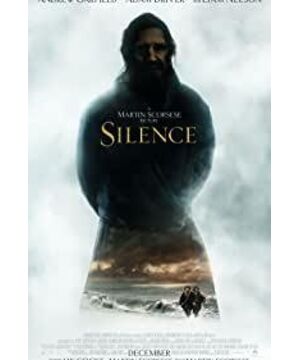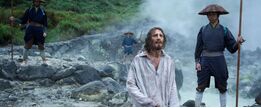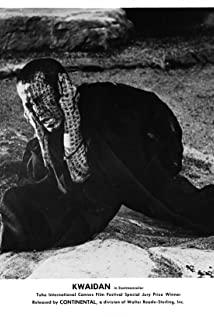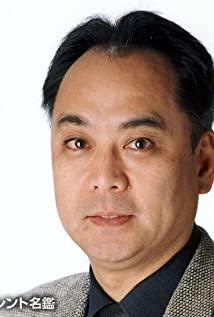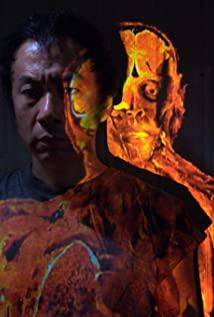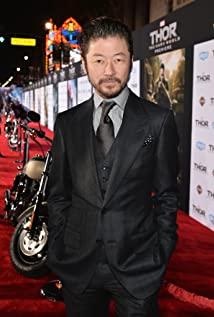In the middle of the 17th century, Japan under the rule of the Tokugawa shogunate implemented a strict ban on Catholicism, and the shogunate forced local Catholics to renounce their faith by brutal means. It includes a series of tortures: Unzen Hell, where Catholics are hung upside down above hot springs, fumigated by high-temperature sulfur gas, dragged to ease their breathing before they die, and then hanged back to their original positions to continue the torture; Put it in front of the subject and force him to step on it; Hanging from a hole: The prisoner is tied upside down, his head is inserted into a deep pit, blood is drawn from behind the ear, and the prisoner's head is immersed in the blood pool and suffocated to death. The shogunate did everything possible to make Christians give up their faith, and finally in 1643 a national revolt was triggered, known in history as the Shimabara and Amakusa Rebellions.
- Excerpt from Wikipedia
Overall, this time Martin Scorsese uses this film to focus on thinking about religion and brings us three propositions.
The opposition between faith and human nature, the relationship between religion and truth, and the differences between Eastern and Western civilizations.
The title of "Silence" is reminiscent of Bergman's God's Silence Trilogy ("Still in the Mirror", "Winter Light", "Silence"), the whole trilogy is "God's Silence" to make characters From questioning beliefs to complete denial. Martin Scorsese's film is just the opposite. While showing God's silence, it also affirms pious belief and interprets the essence of religion.
It is in such an era that two Portuguese priests, Rodriguez and Gape, came to Japan from a long distance. He secretly led Japanese believers to carry out religious activities.
Soon after, the whereabouts of the two priests were exposed and captured, and the local daimyo (feudal lord) in Japan threatened the lives of innocent believers in order to force them to renounce their faith. The two priests had to make a choice between their own beliefs and the conflicts of other people's lives in the confrontation between their devout faith and human conscience.
Gape refused to give up his faith and ended up being martyred with the believers, while Rodriguez finally gave in under the influence of his teacher Ferreira and the inspiration of his inner conscience after experiencing painful mental torture. Rodriguez stayed in Japan all his life. He married, converted, and violated all the commandments of being a priest, but the cross hidden in Rodriguez's body at the end of the film told the audience that he was only there to save others. On the surface, he gave up his identity as a Catholic, and in his heart he always stuck to his beliefs.
"Silence" is not only the silence of God, but also the silence of Rodriguez. His silence is not an external religious ceremony to express his inner devout belief. In the film, the Japanese believer Jijiro who repeatedly gave up his faith and then turned back to pray for repentance is just the opposite of Rodglitz. This character has no faith in his heart, and his repeated confessions are just to appease the guilt in his heart caused by his betrayal. Through the comparison of these two characters, the story expresses director Martin Scorsese's interpretation of the essence of faith. Faith does not have to be expressed through formal religious activities, it can also be a silent inner holding.
In the character of Rodriguez, in addition to the piety of faith, there is also a trace of religious paranoia. He firmly believes that his faith is the truth, and that the Gospel of God can be spread throughout the land of Japan. Blind and paranoid beliefs made him ignore the truth that "oranges are born in Huaibei, and oranges are oranges". The Japanese believers' understanding of Catholicism is a distortion after integrating their own culture. As pointed out by Father Ferreira, who is familiar with Japan, the Jesus in the hearts of the Japanese is not the Jesus in the Bible who was resurrected three days after his death. It is the sun worshipped in native Shintoism.
Every religious belief is gradually derived from its specific civilization. Rodriguez, like most missionaries of that era, tried to forcibly graft his belief on a strange civilization. The Japanese shogunate who renounced the Catholic faith is no different, except that one uses violence as a weapon and the other uses ideas as a weapon. Whether it is the Japanese shogunate or Western missionaries, they all use their subjectively recognized truth to persuade others, but in the end, no one can change the other party.
After the theme of the film goes through the opposition between belief and human nature, and the contradiction between religion and truth, it finally penetrates into the difference between Eastern and Western civilizations. It is a pity, however, that the film does not examine these two civilizations from a parallel perspective. From beginning to end, the film uses the closed barbarism of the East to set off the universal feelings and piety of Western missionaries, which inevitably makes the film stained with Hollywood vulgarity.
"Silence" contains director Martin Scorsese's understanding of religious beliefs and reflections on the human nature of life. The standardized symmetrical composition and long still shots often used in the film are closely related to the serious and heavy theme of the film. The dense fog that appears makes the film have the charm of Japanese black and white movies in the 50s and 60s, especially the scene of boating at sea at night. The hazy and elegant beauty perfectly pays tribute to Mizoguchi Kenji's "The Story of the Rain Moon".
In the end, as a staunch atheist, I have no self-consciousness about the shogunate’s persecution of Catholics, or the film’s almost brutal beautification of Catholicism, belittling the simple working people, and using it as a religious carrier. All felt extremely puzzled and uncomfortable, and always felt that there was too obvious inducement in such emotions, which violated the creed of human free will and was disgusting. And the film has the full support of the Vatican Church, further proof of its impure motives. Therefore, even if it is a new work of an old horse that has been admired, it can only be given to Samsung. I hope he can learn more from other more neutral literary creators and not take his own opinions and beliefs too seriously. After all, there are a lot of things that seem grand, important, and touching to you, but to others they're nothing but rubbish.
View more about Silence reviews


